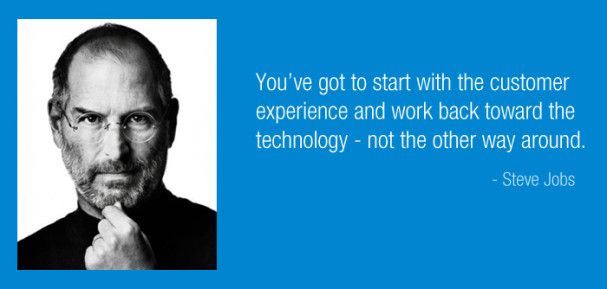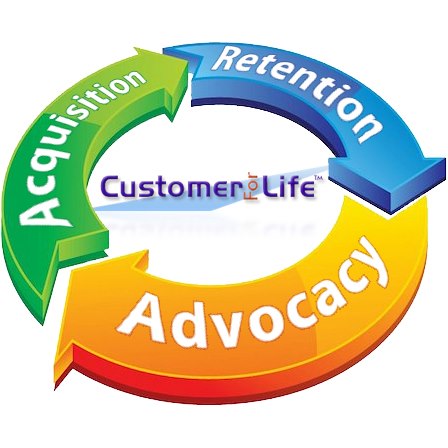
Forbes defines customer experience as the “cumulative impact of multiple touchpoints” over the course of a customer’s interaction with an organization. Positive customer experience is a must have if you truly want to grow revenue.
There’s a widely reported argument that it costs less to retain existing customers than to acquire new ones. Quality customer experience plays a part in retaining customers, but do the financial benefits of customer experience go beyond that? Is it possible to calculate the wider financial benefits of customer experience?
An article in the August 2014 Harvard Business Review, “The Value of Customer Experience, Quantified” by Peter Kriss, quotes information from a study that compared the revenue and loyalty gains from customers with different levels of satisfaction with their customer experience.
Experience and revenue – a meaningful relationship
The figures indicate that there is a direct and measurable relationship between the quality of customer experience and future spending. That probably comes as no surprise, but there has been comparatively little hard evidence of that relationship and the financial value of customer experience. Gathering and presenting data like this can help if you are trying to demonstrate the return on investment of improving the quality of customer experience.
Kriss quoted results from a study of two different types of company – one selling its products and services by a subscription model, and one selling its products in a store or on a website, a transactional model.
Major gains from satisfied customers
The study used recorded customer feedback and purchasing histories, and discounted other factors that might influence results. Researchers found that customers of the transactional company with the best reported experience spent around 140 percent more than those with the worst experience.
For the subscription-based business, the study found that customers with the worst recorded experience were only 40 percent likely to renew, while customers with the highest levels of satisfaction with their experience had a 74 percent chance of remaining members.
Adding value to relationships
These figures highlight the potential benefits of good customer experience. When customers keep returning to stores or websites and buy, that opens up many other revenue opportunities. It gives companies the chance to introduce new products, gain additional business through referrals or increase the lifetime value of individual customers.
Take a long view
But, does all this come at a price? If feedback indicates that customer experience is mediocre or poor, it’s time to invest in training or better customer service infrastructure. With increasing costs, the potential revenue gains may not yield such a good return, in the short term, that is.
That’s why it’s important to take a long-term perspective. The figures in the study highlight future revenue or renewal levels resulting from a positive customer experience, and that makes investment in an improvement program a strategic priority to retain customers for life.


